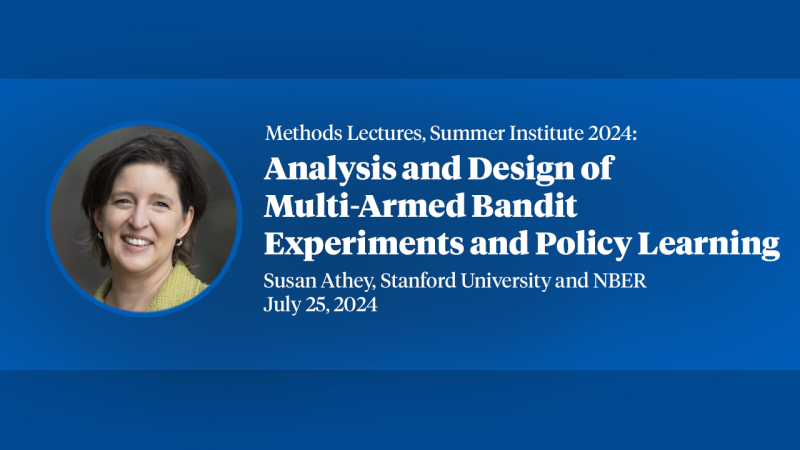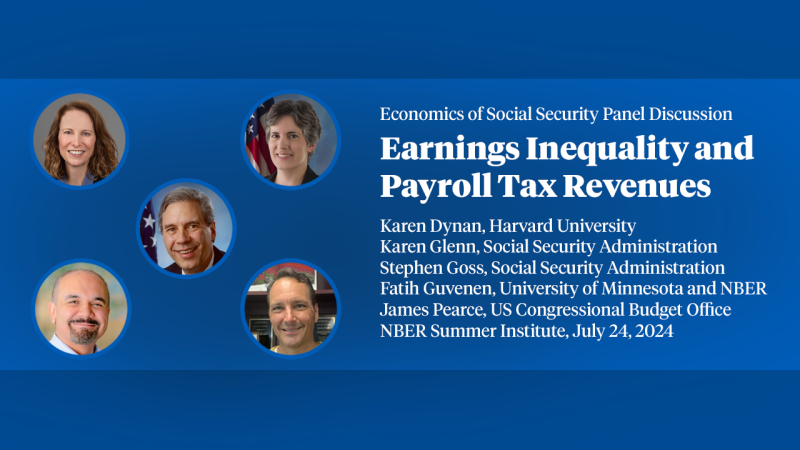Fiscal Influences on Inflation in OECD Countries, 2020-2023
The fiscal theory of the price level (FTPL) has been active for 30 years, and the interest in this theory grew with the recent global surges in inflation and government spending. A related idea from Lucas and Stokey is that inflation during wartime (or an analogous global emergency such as the COVID pandemic) can be an efficient form of state-contingent public finance. This study applies these ideas to the recent inflation in 37 OECD countries. The theory’s centerpiece is the government’s intertemporal budget constraint, which relates a country’s inflation rate in 2020-2023 to a composite government-spending variable. This variable equals the increases in ratios of government expenditure to GDP in 2020 and 2021, divided by the ratio of public debt to GDP in 2019 and the duration of the debt in 2019. The estimated coefficients of this variable are significantly positive, implying that about 80% of effective government financing came from the inverse effect of unexpected inflation on the real value of public debt, whereas only around 20% reflected conventional public finance (increases in current or future taxes or cuts in future spending). Within the Euro area, inflation reacts mostly to the area-wide composite government-spending variable, not to individual values.


